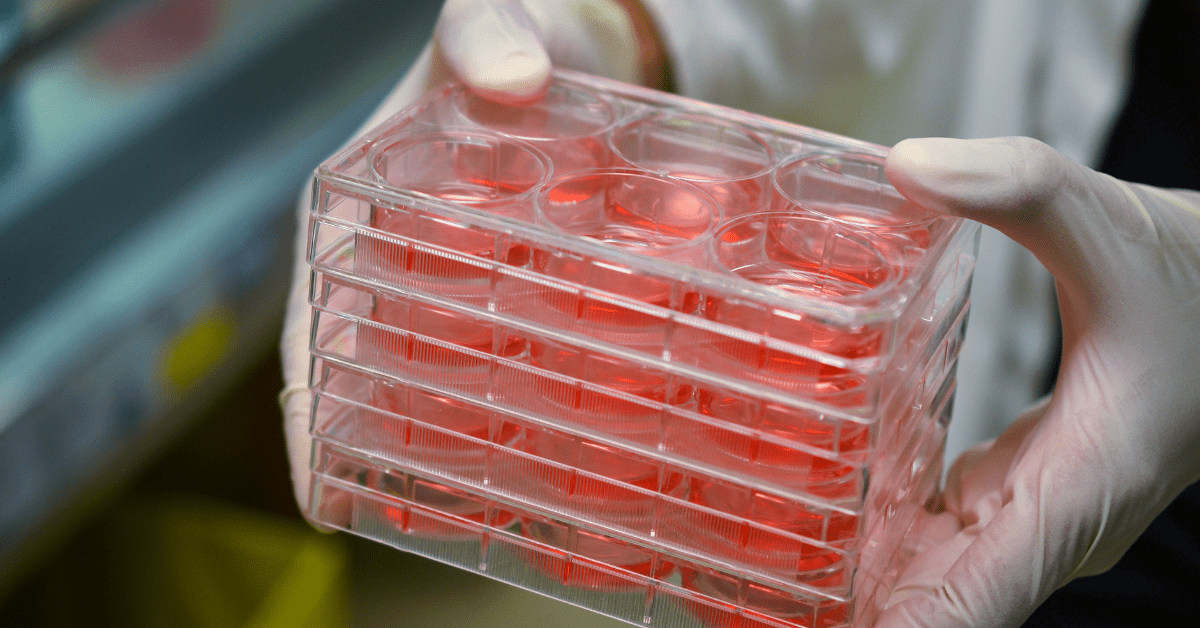- Your cart is empty
- Continue Shopping

Cryopreservation in Cell Therapy: Enabling Scalability, Quality, and Global Distribution
Cryopreservation is a technique designed to preserve the viability and functionality of biological specimens, such as cells, tissues, and organs, by cooling them to subzero







